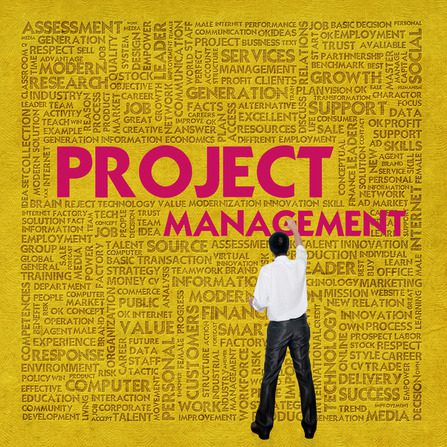The discipline of project management shares some common traits with political campaigns. Project Team members often pull together metrics and statistics to help illustrate the benefits of specific project outcomes, while candidates craft messages that support their (or their party’s) platform. Stakeholders ruminate on the options. The public considers which candidate will receive their vote. Eventually, everyone settles on what works for them and decisions are finalized.
Campaign fever has a way of sharpening nationwide attention on election day. But what happens when the voting is over and everyone’s focus shifts to the day-to-day grind of making progress? Likewise, what do project teams do once the campaigning stops and the real work starts?

Deliver on your commitments
Your team presented a solid project plan and now it’s time to live up to your stakeholders’ expectations. Work with them to ensure they know the plan—depending on how project approvals are handled in your organization, some stakeholders and end users may not have been involved in the final phases. Contact other support groups, both internally and outside the company, to relay information about the portions of the project that involve them and to discuss timeframes and other details. Keep stakeholders informed about upcoming milestones and be sure to communicate the team’s successes with them as the project progresses.
Acknowledge where results aren’t what you hoped for and move on
Project frameworks and achievables often don’t match up exactly with what the PMP®s on the team wanted. Perhaps staffing levels remain leaner than would be ideal or a request from one group of stakeholders wasn’t prioritized as highly as you would have liked. Developing project scopes is about compromise, and embracing that premise—both the good and the not so good—is necessary to moving forward in an effective way. Figure out where the team will need to adjust (workloads, etc.) and work within the team to find the best way to do that.
Be clear about any issues that arise
Life doesn’t always go according to plan, and projects are no different. Material shortages could crop up unexpectedly or a key Project Team team member may leave for another opportunity mid-project. Whatever the situation, be sure stakeholders are kept in the loop. They may not need to be privy to every nuance of how your team plans to address glitches that occur, but informing them of the problem and letting them know you’re working on a solution is a crucial first step. When you’ve determine how the issue is likely to impact the project and what steps the team is taking to develop a suitable workaround, share the appropriate information with stakeholders and end users. This approach will help to allay the concerns they may have and will also demonstrate the Project Team’s commitment to transparency and open communication.
Quietly start campaigning for the next project
Selling the Project Team as project experts is an activity that never really stops, and something every PMP® should keep in mind as they go about their duties. Embracing the role of advocate is the most visible form of public relations for the project team. Also, consider hosting regular open house events to introduce others to your team and demonstrate the capabilities you bring to the table. If your organization has an intranet, it’s helpful to set up a page where potential stakeholders can see how the Project Team operates and what you’re working on. Even a brown-bag seminar, where the project team gives a short presentation on the ins and outs of project management, can be a surprisingly effective tool for garnering support for the Project Team within the organization.

